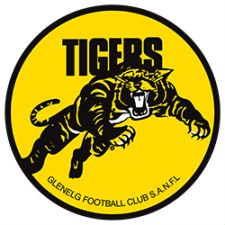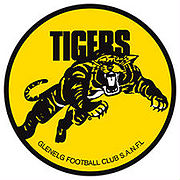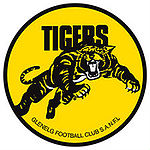Help:Contents
From Snoutslouts
Contents |
Basic usage
How do I edit a page?
To edit a page, simply click the edit link that appears on each page. This is in the form of a tab at the top of the page. A form will appear, containing the existing markup. When you have finished making modifications, click the Save button to commit your changes.
Hint: It always pays to use the Preview button first so you can check that the edit is what you intended.
How do I create a new page?
The simplest way to create a new page is to create a link to the page on another page, then click on the red link which appears.
e.g. Example New Page << is a red link until someone creates the page with this name.
Links?
- A link to an external page is created by using one bracket at each end of the URL:
Using [http://www.snoutslouts.org/forum/ http://www.snoutslouts.org/forum/] creates http://www.snoutslouts.org/forum/
- A link to an internal page is simply two brackets at the ends, around whatever you want to call the new page (careful, it is case sensitive):
Using [[Sandpit]] creates Sandpit
Help I cant format it!
If you have tried to put your text into the Wiki and it looks horrible then you might want to use this trick:
- Put <pre> and </pre> at either end of your text.
| Straight wiki format | Using <pre> </pre> tags |
|---|---|
| It can make a jumble of text look a lot more readable than it would have otherwise looked.
Including list of numbered items like: 1. Glenelg 2. Central District 3. Sturt 4. Eagles 5. North |
It can make a jumble of text look a lot more readable than it would have otherwise looked. Including list of numbered items like: 1. Glenelg 2. Central District 3. Sturt 4. Eagles 5. North |
Getting started
- Our very own practice area - The Sandpit - knock yourself out.
How Did You DO That Again?
- Cheatsheet - some common codes and how to use them
Images/Files
A little more advanced is including images or files into articles. You can link to any picture or file already in the wiki, or you can upload an image/file yourself and then link to it.
To upload a file use the "Upload file" link in the menu on the left under "toolbox". The preferred formats are JPEG for photographic images with millions of colors and shades; PNG for fixed-color pixelated images such as icons; SVG for structured drawings, logos; and OGG for audio, but if unsure use what you have.
To embed a file in a text, you just have to specify its file name with the internal link syntax ([[ ]]).
| [[File:Glenelg logo.jpg]] produces: | 
|
Options
The internal-link style markup for embedding a file can take various options separated with a pipe character ("|"). In brief, they are [[Image:{name}|{type}|{location}|{size}|{upright}|{border}|{caption}]].
- Type
- 'thumb' / 'thumbnail' or 'frame'. Causes image to be displayed with specific formatting (see below).
- Location
- 'right', 'left', 'center' or 'none'. Determines placement of the image on the page. Defaults to 'right', when combined with 'thumb' or 'frame'.
- Size
- {width}px or {width}x{height}px, scales the image to be no greater than the given width and height, keeping its aspect ratio.
- Upright
- for use only on images that are taller than they are wide. This scales the image differently, considering both width and height instead of only width.
- Border
- adds a border around the image.
- Caption
- Any element which cannot be identified as one of the above is assumed to be caption text.
- Link
- To allow an image to link to an arbitrary title, URL or just nowhere.
- Alt
- For changing the alternative text (alt="") of an image.
So using our example above:



